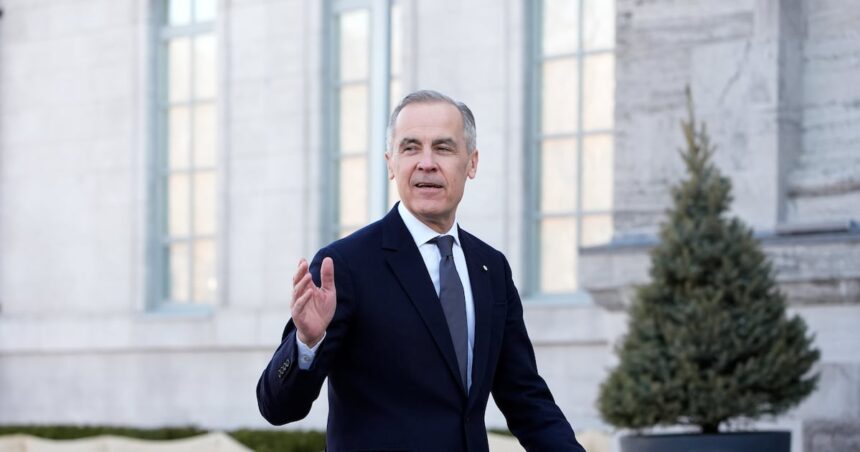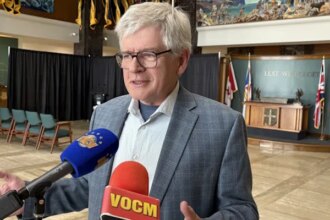In a bold move signaling his administration’s commitment to economic renewal and democratic reform, Prime Minister Mark Carney unveiled his leaner, more focused cabinet yesterday morning at Rideau Hall. The carefully orchestrated ceremony introduced a government structure that balances experienced ministers with fresh perspectives, as more than half the appointees are new to cabinet positions.
“This cabinet represents Canada’s extraordinary diversity and talent,” Carney stated during the swearing-in ceremony. “We’ve assembled a team ready to address the challenges Canadians face today—housing affordability, healthcare improvement, and economic growth that benefits everyone, not just those at the top.”
The streamlined cabinet, reduced from 38 to 30 ministers, reflects Carney’s businesslike approach to governance. Economic portfolios received particular attention, with former Bank of Canada deputy governor Carolyn Wilkins appointed as Finance Minister—the first woman to hold the position in Canadian history. When asked about her priorities, Wilkins emphasized “creating fiscal stability while investing strategically in Canada’s future prosperity.”
Housing affordability, consistently identified as a top concern in polling, appears to be receiving elevated attention within the new structure. Former Toronto city councilor Ana Bailão takes the helm of the expanded Housing and Urban Development ministry with an enlarged budget and mandate to accelerate construction nationwide.
“The housing crisis demands immediate action,” Bailão told reporters. “Our comprehensive national strategy will coordinate efforts across all levels of government to increase supply dramatically while protecting affordability.”
Notable departures include several long-serving cabinet members who announced they would not seek re-election, creating space for the influx of new talent. Political analysts suggest this represents a strategic reset for a government seeking to distance itself from previous policy struggles.
“This cabinet composition reveals Carney’s governing philosophy,” noted Dr. Elizabeth Jensen, professor of political science at McGill University. “He’s balancing continuity in critical areas like foreign affairs with fresh approaches to portfolios where Canadians have demanded more effective action.”
Regional representation appears carefully calibrated, with ministers from every province and territory. The cabinet achieves gender parity, with 15 women and 15 men appointed to ministerial positions. Additionally, seven ministers identify as visible minorities, and three as Indigenous, making this one of the most diverse cabinets in Canadian history.
The reorganization eliminates several ministries through consolidation, with the Prime Minister’s Office indicating this would streamline decision-making and reduce bureaucratic redundancies. Critics from opposition parties, however, questioned whether fewer ministers could effectively manage complex policy challenges.
Conservative Leader Pierre Poilievre dismissed the changes as “cosmetic rearranging of deck chairs” while NDP Leader Jagmeet Singh cautiously welcomed the new faces but expressed skepticism about whether policy direction would meaningfully change.
Carney’s press secretary confirmed the new cabinet will hold its first full meeting tomorrow at the Prime Minister’s residence, followed by a retreat next week to finalize legislative priorities for the upcoming parliamentary session.
As Canada navigates economic uncertainty, housing pressures, and evolving global challenges, the question remains: will this cabinet reset translate into the meaningful policy shifts Canadians have been demanding, or simply represent a political rebranding exercise designed to revitalize government polling numbers?










